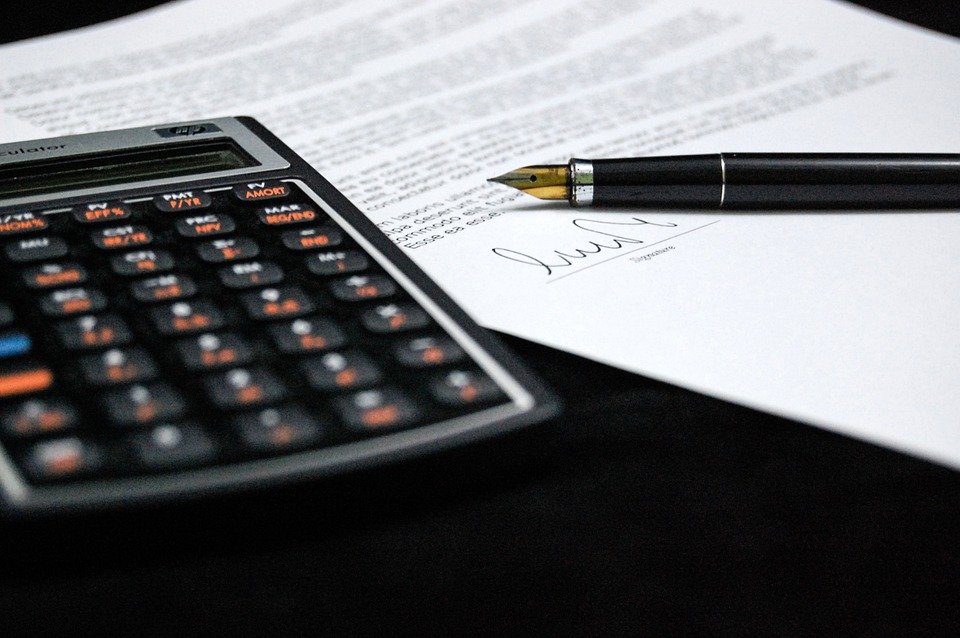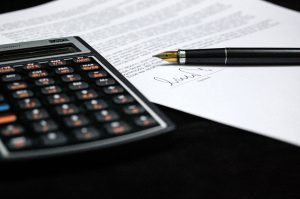
The 3 Parts of a Balance Sheet for Accounting
 A balance sheet is an important document that’s used for business accounting purposes. Whether you operate your business as a sole proprietorship, an S-corp or an LLC, you should consider using it. With a balance sheet, you’ll have a better idea of how much your revenue your business generates versus its expenses. While creating a balance sheet may sound difficult, it’s actually relatively easy. All balance sheets consist of three basic parts, which include the following.
A balance sheet is an important document that’s used for business accounting purposes. Whether you operate your business as a sole proprietorship, an S-corp or an LLC, you should consider using it. With a balance sheet, you’ll have a better idea of how much your revenue your business generates versus its expenses. While creating a balance sheet may sound difficult, it’s actually relatively easy. All balance sheets consist of three basic parts, which include the following.
#1) Assets
You’ll need to include your business’s assets on the balance sheet. Assets, of course, are items of monetary value. They can include cash or other physical as well as non-tangible items of monetary value. When creating a balance sheet, go through your business’s assets while listing them on this document.
Some of the most common types of assets are:
- Money
- Real estate
- Inventory
- Equipment
- Accounts receivables
- Vehicles
- Patents and other intellectual property
- Market securities
#2) Liabilities
In addition to assets, you’ll need to include your business’s liabilities on the balance sheet. Liabilities are essentially the opposite of assets. While assets are items of monetary value, liabilities are debt-based items. They are items that involve an obligation to pay another person or entity. Payroll taxes, for instance, are considered a liability. You’ll have to pay taxes on your business’s payroll. Because it’s money owned by your business, it’s considered a liability.
Interest fees on loans are also considered liabilities. If you have one or more outstanding loans with which you use to finance your business, you’ll probably have to pay the lender interest. These interest fees are a form of debt. Therefore, they are considered liabilities. When creating a balance sheet, be sure to list all of your business’s liabilities so that you’ll have a clearer picture of its financial health.
#3) Owner’s Equity
The third and final part of a balance sheet is owner’s equity. While you might be familiar with assets and liabilities, owner’s equity is a little more confusing. It’s essentially the monetary value of your business that you own — or other individuals own — after accounting for both assets and liabilities.
You can calculate owner’s equity by taking your business’s assets and subtracting that number by your business’s liabilities. If your business has $500,000 in assets and $100,000 in liabilities, its owner’s equity would be $400,000. When creating a balance sheet, you’ll need to include owner’s equity.
Have anything else that you’d like to add? Let us know in the comments section below!
